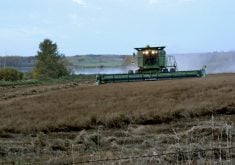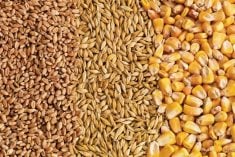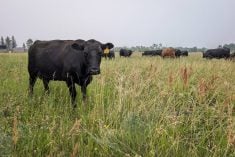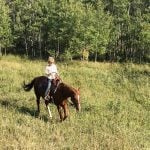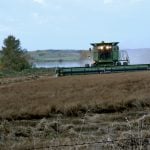Western Canadian feeder cattle prices were generally steady with values earlier in January as buying interest for grass cattle started to surface last week. Pasture conditions are expected to be favourable come spring, and demand from the smaller farmer-cattle producer supported prices for lighter weight cattle.
The market for heavier replacement cattle felt sluggish, with larger supplies of backgrounded cattle noted at many auction markets.
Feedlot margins are in red ink by approximately $50 to $80 per head and a jump in barley prices dampened buying ideas from major feedlot operators.
Read Also
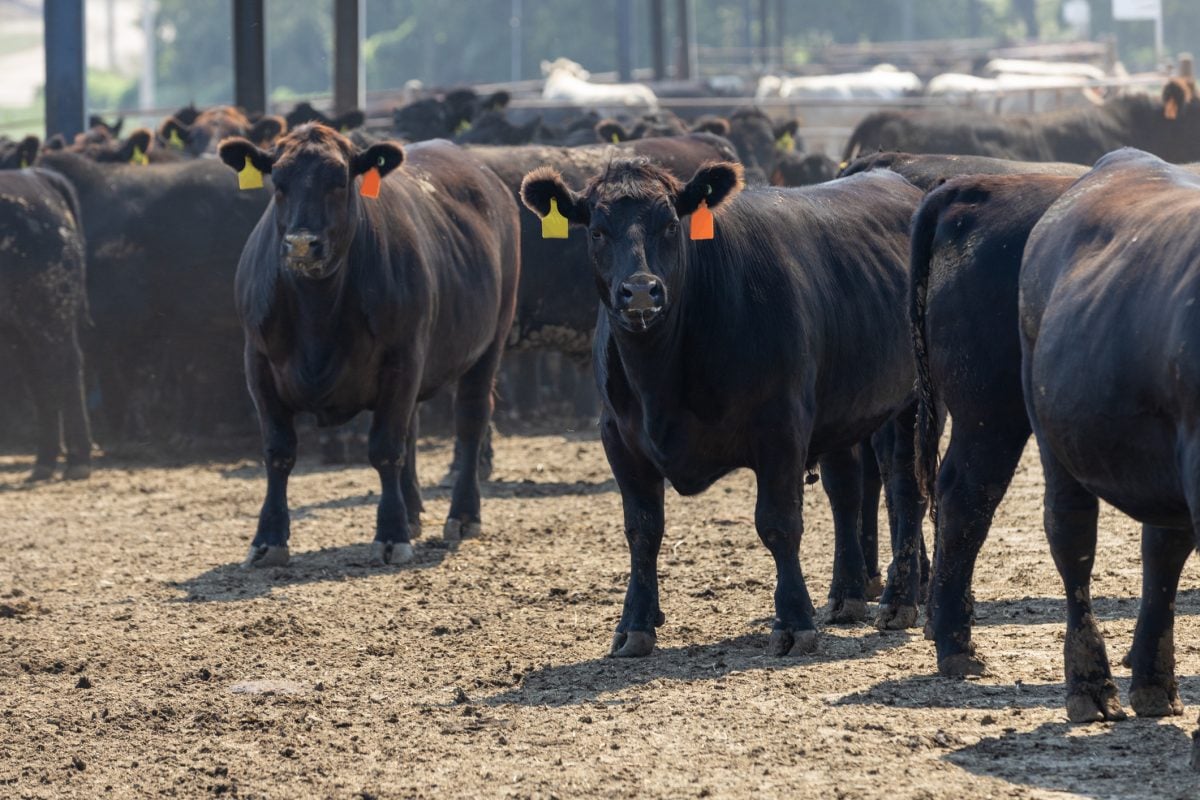
U.S. livestock: Cattle futures mixed
Cattle futures on the Chicago Mercantile Exchange were mixed on Thursday, after dropping sharply the previous session. The December live…
April live cattle futures remain under pressure, down $8 from the highs earlier in January, and the fed market during the early spring period will not be as high as earlier anticipated.
In central Alberta, a small group of exotic steers weighing 550 pounds sold for $158; Charolais-cross steers averaging 650 lbs. sold for $138 at the same sale. In southern Alberta, Angus-cross black mixed steers weighing 900 lbs. were quoted at $122 landed in the feedlot. Heifers of similar features were trading at a $10 per hundredweight (cwt) discount cattle under 700 lbs., but the spread narrowed to nearly $5/cwt on heavier replacement cattle. Alberta packers were buying fed cattle in the range of $115-$117/cwt.
We have seen negative margins in the feedlot sector over the past five months and there is a sense of discouragement amongst cattle feeders. Boxed beef values remain under pressure and packers have little incentive to increase cash bids for fed cattle. This environment has trickled into the feeder market and with larger volumes expected over the next few weeks, buyers are patiently waiting for the feeding structure to change.
Unfortunately, with feed barley jumping $8 per tonne to $288 in southern Alberta and fed values sluggish for April and May, there is little reason to be aggressive on replacement cattle.
Grass conditions are expected to be quite good in spring, which should continue to underpin lighter-weight feeders.
— Jerry Klassen is a commodity market analyst in Winnipeg and maintains an interest in the family feedlot in southern Alberta. He writes an in-depth biweekly commentary, Canadian Feedlot and Cattle Market Analysis, for feedlot operators in Canada. He can be reached by email at [email protected] for questions or comments.




